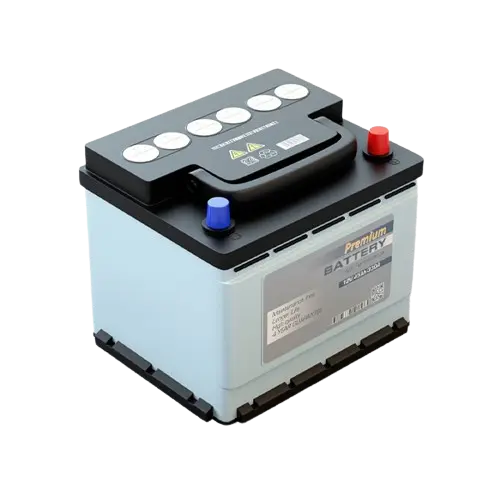

With monitoring and analyzing the variation of batteries' data, the Lead-acid Battery BMS estimates SOC and SOH accurately, and once an obvious fluctuation is detected there will be an alarm, which enables customers to eliminate the hidden troubles in time, reduce the risk and prevent accidents occurring.


Battery Working Status Monitoring: The BMS continuously monitors critical parameters such as battery voltage, temperature, working current, and battery power. By analyzing these parameters in real-time, the system can assess the current battery status and take necessary actions to prevent overcharging or over-discharging, thereby protecting the battery.
Battery Charging and Discharging Management: During the charging or discharging process, the BMS manages the battery based on environmental conditions and battery status. It sets optimal charging and discharging curves, including charging current, upper limit voltage, and lower limit voltage, to ensure efficient and safe operation.
Balance Between Single Cells: The BMS ensures that each cell within the battery pack is charged equally, maintaining a balanced and consistent state across all cells. This balancing process is crucial for the overall health and performance of the battery pack. Although the technology for cell balancing is still evolving, it remains a core component of the battery management system.
Gerchamp’s battery monitoring system for lead acid batteries incorporates these functions to provide comprehensive management and protection. Our BMS for lead acid batteries ensures that your battery packs operate efficiently and safely, extending their lifespan and enhancing their performance.
Lead-acid battery BMS is mainly responsible for monitoring, including basic battery parameters, charging and discharging time, ambient temperature etc.
While other types of BMS tend to be not only monitoring, but also providing control and safety management of the battery as well.
